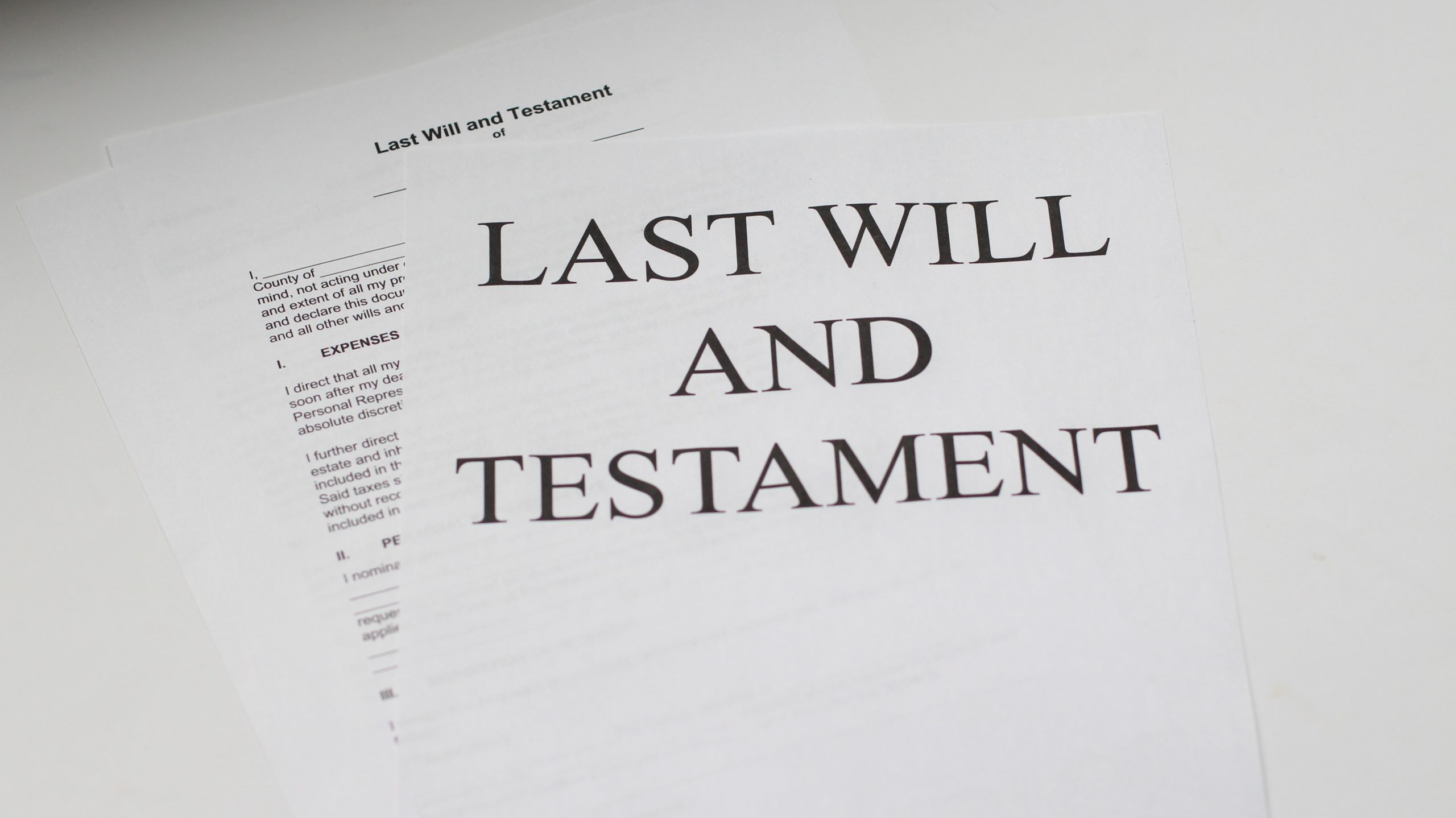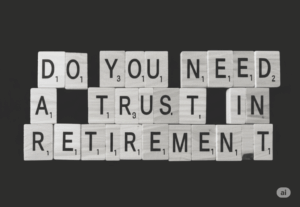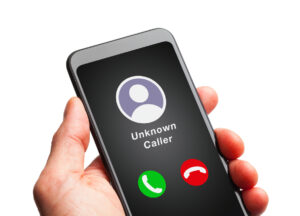October 6, 2020 | Estate Planning
Do I Need to Include My Personal Belongings in My Will?

How can I make sure my loved ones get my personal property? Read below to learn three different techniques used to distribute your “stuff” at your passing.
A critical aspect of any estate plan is the decision of how your tangible personal property will be distributed when you die. What exactly is tangible personal property? It’s your “stuff.” Examples include your car, jewelry, furniture, photos, china, and artwork. Although these items may seem of little actual value, their sentimental value can be significant. In fact, their sentimental value makes tangible personal property the number one cause of family feuds.
There isn’t one perfect way to distribute your personal property. Just remember whatever your method, your intentions should be clear so as to preserve family peace.
Ways to Distribute
Here are a few examples to make sure that your tangible personal property passes to your loved ones in accordance with your wishes.
1. General Gifts via Will. The simplest way to transfer tangible personal property is by a general gift through your will. For example, your will can read, “I leave any tangible personal property to my spouse.” Alternatively, you can provide that your personal property should be sold and that the proceeds should be distributed to beneficiaries such as your children with a certain portion being distributed to each of them.
2. Specific Bequests via Will. A second way for your personal property to be distributed after you pass is by making specific gifts of certain items to your beneficiaries. For example, “I leave my wedding ring to my oldest daughter Jennifer.” Keep in mind you need to account for what would happen if a particular beneficiary predeceases you.
3. Personal Property Memorandum. A third approach is to use a personal property memorandum which is not part of your will. Within this memo, you may list specific people to receive specific item(s). For example, “Piano to my son Paul.” Note, however, there is a very important difference between using a memo and the specific bequest approach mentioned above. The distinction is that a memo, unlike a specific bequest, is not legally binding. That is, the Executor of your will can choose not to honor the list. If, however, you are comfortable with your family dynamics, the use of a memo is often a more economical option.
Sure, it’s easy to overlook. Some attorneys don’t even bother asking about it. But if you don’t take the appropriate steps to transfer your personal property upon your death, your items may not pass on as you intended. Or even worse, unnecessary family discord will result. Remember, the most important decision in this process is choosing an attorney with heart. Please consult your local AlerStallings attorney to help you prepare a plan that meets your wishes with regards to the transfer of your tangible personal property. At AlerStallings we’re with you, with heart, for life.


